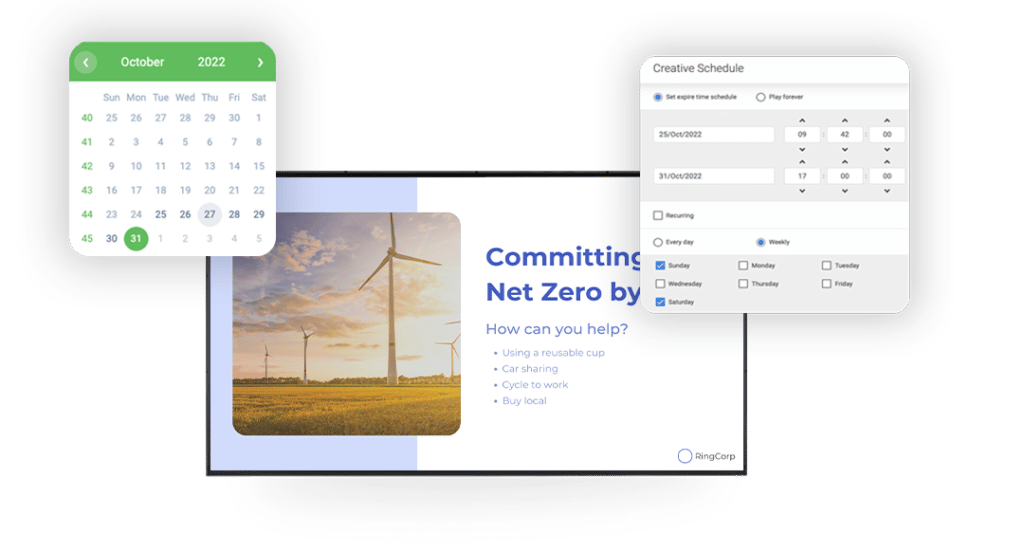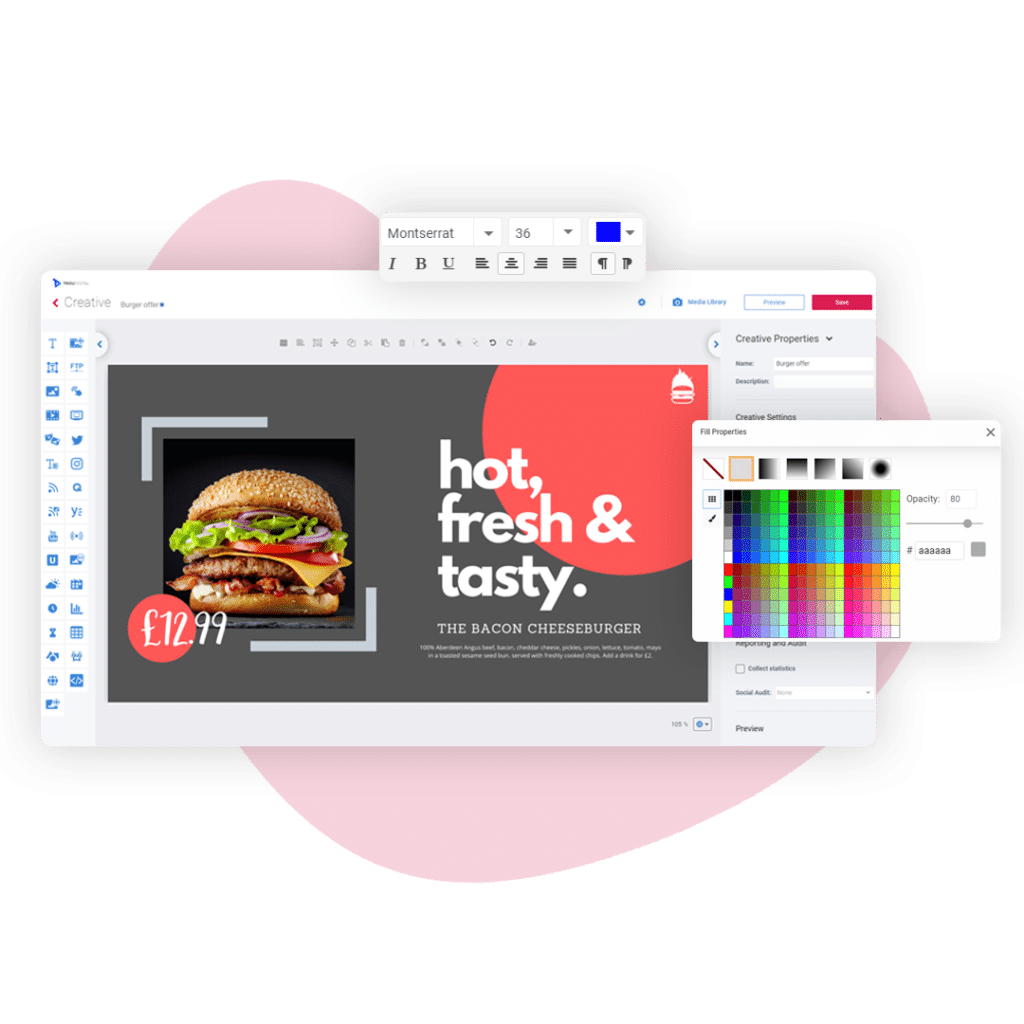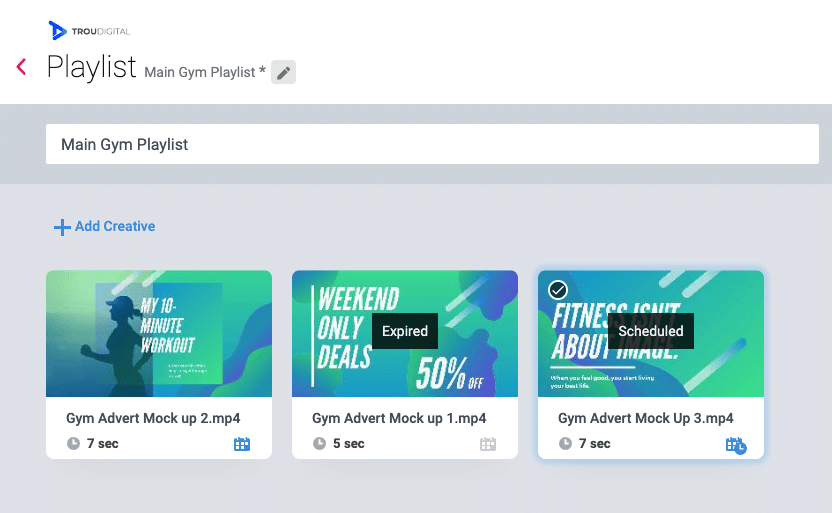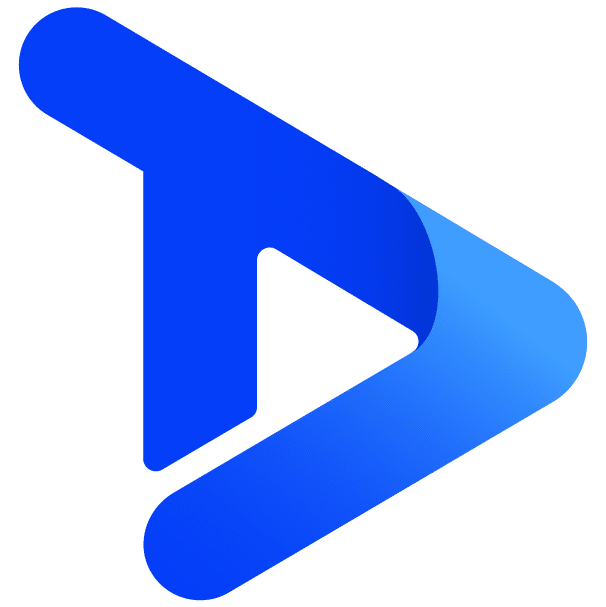Content is a powerful tool, and its effectiveness is further amplified by strategic scheduling and distribution. This article reveals the essence and benefits of content scheduling, discussing the transformative role of digital signage software in streamlining the process.
From mastering the various distribution channels to harnessing the prowess of modern tools for optimised engagement, you’ll learn how planning and foresight can elevate your brand’s presence, ensuring you remain at the forefront of the consumer’s mind.
Table of Contents
What is content scheduling?
Content scheduling is the strategic act of planning and organising the content that you want to publish, allowing you to decide in advance when and where your message will be displayed. This systematic approach encompasses a broad spectrum of media, from blogs to videos and everything in between. By streamlining your content delivery process, you can ensure consistent, high-quality outputs without the constant pressures of last-minute publishing.
What is social media scheduling?
Social media scheduling, a subset of content scheduling, specifically focuses on the pre-planned dissemination of posts across various social platforms. It encompasses determining the optimal frequency of sharing content, identifying the best days and times for maximum engagement, and even queueing up posts for future release.
Tools such as Dlvr.it, Hootsuite, Later, and Sprout Social are some renowned software that help manage and automate this process. In addition, integrating social media with digital signage offers another opportunity to maximise the impact of social media content while utilising the advanced scheduling capabilities of digital signage.
As a result, businesses not only maintain a consistent brand presence but can also ensure timely interactions with their audience, keeping their brand at the forefront of the consumer’s mind.

Content distribution channels
In the digital landscape, where content is king, distribution channels serve as the pathways that enable its reign. Recognising and leveraging the right channels is imperative for brands that want their content to be seen, shared, and acted upon.
Content distribution avenues can be classified into three primary categories: owned, earned, and paid.
Owned content distribution channels
These are the platforms or channels that a company has complete authority over. The control these channels offer allows brands to dictate the narrative, format, and timing of the content.
Examples of owned content distribution channels include:
- Company websites or blogs
- Official social media pages
- Digital signage hardware such as interactive displays, window screens or video walls
- Email newsletters
As owned channels, these allow for greater content customisation and direct engagement with a loyal audience base. However, reaching new or broader audiences can be tough and there’s a risk of being overly promotional if content isn’t deployed thoughtfully.
Earned content distribution channels
These are channels where third parties, such as customers, journalists, or enthusiasts, promote or share brand content without a direct payment from the brand. It’s called “earned” because the value or appeal of the content drives its distribution.
Examples of earned channels are:
- Social media shares and mentions by followers or fans
- Product reviews by customers or experts
- Community-driven platforms like Reddit or Quora
Scheduling content on earned channels can boost a brand’s perceived authenticity and credibility. The potential to ‘go viral’ is also an added bonus. However, these channels usually cannot be controlled you. They depend on third-parties and, as such, offer less control over the narrative or portrayal of your brand.
Paid content distribution channels
This category encompasses channels that require financial investment to distribute brand content, targeting specific audiences or demographics.
Subcategories and examples of paid content distribution channels are:
- Pay-per-click (PPC) ads: Advertisers pay based on user interactions, be it views or clicks. These ads are prevalent on search engines and social media, with platforms like Google Ads dominating the space.
- Sponsored content: This is collaborative content that’s funded by a brand but crafted and shared by another entity. The key is to collaborate with entities that resonate with your brand and target audience.
- Paid influencer content: It involves leveraging popular figures in a relevant domain to promote content or products. Influencer marketing is thriving, with projections suggesting its market size globally will increase to $24.1 billion by 2025.
- Paid social ads: These include tailored ads pushed on platforms like Facebook, LinkedIn, or Instagram. They could be direct brand promotions, influencer collaborations, or display ads curated for the audiences on the particular platforms.
Paid channels allow for data-backed audience segmenting and targeting. You can also quantifiably measure results. However, they can become expensive and there’s a risk of over-saturation if content isn’t strategically planned.
To maximise the reach and impact of content, brands should adopt a balanced approach, leveraging a mix of owned, earned, and paid distribution channels. Each channel offers its unique strengths and challenges, but when combined effectively, they can complement each other and enhance a brand’s digital footprint. Folding in content scheduling with a mix of channels will lead to greater engagement and better results.
What are the benefits of content scheduling?
Scheduling content brings a number of advantages across industries, aiding with messaging, brand visibility and authority. It is an essential practice that streamlines processes, ensures consistency, and paves the way for strategic growth and engagement.
It lets you be strategic
Content scheduling enables businesses to be deliberate and meticulous about their messaging across different platforms. For example, with content scheduling, internal comms teams can map out a strategy for newsletters, company announcements, and training materials to be shared in sync with corporate milestones. If used in retail, it allows stores to align their content with sales, promotions, or product launches. By having a bird’s-eye view of the content calendar, brands can time their posts perfectly with seasonal trends or special events.
Content scheduling saves time
Time is of the essence, especially in fast-paced sectors. Having pre-scheduled content means teams don’t have to spend the time creating as they go. This is particularly useful for industries with a fast turnaround time. For instance, advertisers can avoid rush charges and last-minute chaos around peak seasons by pre-scheduling promotional ads. Scheduling content in advance ultimately allows teams to dedicate more time to strategic initiatives, instead of being bogged down by last-minute communications.
It is scalable
As businesses grow, their content needs expand. Proper scheduling is an effective way to keep content generation and distribution under control, ensuring relevance, timeliness, and regularity as demand grows.
You stay relevant even in downtime
With scheduled content, you can leverage downtimes to your advantage, making periods of low activity an effective part of your overall strategy. Scheduling content to run during quiet phases ensures consistent communication year-round. In industries such as advertising or retail, this allows your brand to remain top of mind.
Scheduling content maximises engagement
Run content when and where it will have the greatest impact. Boost engagement by carefully scheduling messages and seasonal campaigns to coincide with high-traffic periods or special events. Content scheduling also ensure relevancy, allowing you to create a targeted calendar that resonates with audiences
How can digital signage software enhance content scheduling?
Digital signage software offers a transformative approach to content scheduling, streamlining the process by ensuring:
- Flexibility in content updates: Digital signage software enables businesses to remotely manage content across various screens. This ensures timely delivery of targeted messages to different audiences, improving both internal communications and customer relations.
- Tailored content delivery: Advanced scheduling options allow for content to be displayed based on specific criteria. For instance, restaurant digital signage can showcase morning specials during the early hours and transition to evening promotions later in the day. Retailers and advertisers can use digital signage to show time sensitive promotions such as weekend-only deals, without needing to manually change the display.

- Location-specific displays: The ability to target content for specific locations means businesses can customise their messaging for different areas or branches, catering to the unique preferences of local audiences. For example, businesses may use corporate digital signage displays to show quarterly sales KPIs in the sales department, while also displaying welcome screens in the reception area.
- Efficient content distribution: Using digital signage software, content can be dispatched to screens via various channels – be it local networks, the cloud, or the internet. This ensures efficient real-time updates or adherence to set schedules.
- Performance insights: Analytics embedded within the software can measure content engagement and effectiveness. This data aids in refining scheduling strategies to maximise impact.
Incorporating digital signage into content scheduling empowers businesses to deliver dynamic, contextually relevant content to their audience, thereby enhancing engagement and optimising the overall viewer experience.
Content scheduling with digital signage
Not only does using digital signage for content scheduling accelerate and optimise the process, but it also ensures up-to-date and engaging screen displays.
Let’s take a quick look at the steps of effective scheduling:
Step 1: Content generation
Craft your creatives using a digital signage content studio which offers easy drag-and-drop functionalities for adding text, images, and videos.

You can also opt for design tools like Photoshop, or easy-to-use platforms like Canva.
Step 2: Playlist building
Organise your designs or slides in a sequence, defining the duration of displaying each content piece. This results in streamlined and efficient content management.

Step 3: Content scheduling
Two scheduling types can be employed:
- Micro scheduling, setting specific playtimes for a playlist, even choosing recurring slots or specific days of the week.
- Macro scheduling, ideal for long-term planning of campaigns in advance.
Conclusion
Harnessing the power of content scheduling using digital signage software transforms the way you engage with audiences, ensuring timely and relevant displays. If you want to level up your content scheduling and enhance the effectiveness of your digital screens with timely and relevant content, speak to our expert team today!
